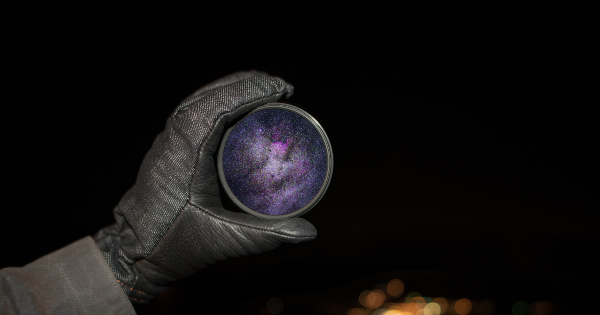James A. Haught was born on Feb. 20, 1932, in a small West Virginia farm town that had no electricity or paved streets. He graduated from a rural high school with 13 students in the senior class. He came to Charleston, worked as a delivery boy, then became a teen-age apprentice printer at the Charleston Daily Mail in 1951. Developing a yen to be a reporter, he volunteered to work without pay in the Daily Mail newsroom on his days off to learn the trade. This arrangement continued several months, until The Charleston Gazette offered a full-time news job in 1953. He has been at the Gazette ever since—except for a few months in 1959 when he was press aide to Sen. Robert Byrd.
During his six decades in newspaper life, he has been police reporter, religion columnist, feature writer and night city editor; then he was investigative reporter for 13 years, and his work led to several corruption convictions. In 1983 he was named associate editor, and in 1992 he became editor. In 2015, as The Gazette combined with the Daily Mail, he assumed the title of editor emeritus, but still works full-time.
He writes nearly 400 Gazette editorials a year, plus personal columns and news articles. Haught has won two dozen national newswriting awards, and is author of 11 books and 120 magazine essays. About 50 of his columns have been distributed by national syndicates. He also is a senior editor of Free Inquiry magazine. He is listed in Who’s Who in America, Who’s Who in the World, Contemporary Authors and 2000 Outstanding Intellectuals of the 21st Century. He has four children, 12 grandchildren and nine great-grandchildren. For years, Jim has enjoyed hiking with Kanawha Trail Club, participating in a philosophy group, and taking grandchildren swimming off his old sailboat. He is a longtime member of Charleston’s Unitarian Universalist Congregation. Haught continues working full-time in his 80s.
Here we talk about the proportioning of claims to the evidence.
Scott Douglas Jacobsen: As these portions of the blog, not the news or the political commentary, of the News Intervention publication devote themselves, mostly, to educational projects, and as the editorial responsibility, for me, exists in North America and in science issues, this educational series will cover a historical and current perspective on the convergence of three areas: science, skepticism, and secular humanism, as you have a long history in these traditions.
Traditions better equipped collectively to provide more accurate images or pictures of the world than many other ones on offer in the current paradigms frozen in forgone centuries. Antiquated epistemologies and false ontologies forced ignorantly from one generation to the next as The True Way and The Truth (epistemology and ontology) rather than something within a sea of competing ways of knowing and things known of lesser and greater quality relative to one another, in the goal of ascertainment of the truths of reality.
Let’s start with some of the basic Humean notions taken by the late astrophysicist Dr. Carl Sagan and others – including members of the Committee for Skeptical Inquiry or Skeptical Inquirer – in the form of evaluation of the most extreme claims about the nature of the world – mystical-magical claims about the world as opposed to technical-natural ones. Where did the phrase “extraordinary claims require extraordinary evidence” originate in content and in phraseology?
Jim Haught: Back in the 1700s, Scottish skeptic David Hume wrote that miracle claims cannot be believed, because they lack enough trustworthy evidence. In 1808, Thomas Jefferson wrote in a letter: “A thousand phenomena present themselves daily which we cannot explain, but where facts are suggested, bearing no analogy to the laws of nature as yet known to us, their verity needs proofs proportioned to their difficulty.” In 1814, Laplace reportedly said that “we ought to examine [inexplicable claims] with an attention all the more scrupulous as it appears more difficult to admit them.” In 1899, Theodore Flournoy contended that “the weight of evidence for an extraordinary claim must be proportioned to its strangeness.” In the 1970s, Science magazine editor Philip Abelson reportedly was first to use the phrase: “extraordinary claims require extraordinary evidence.” Science hero Carl Sagan gave it wide popularity in his Cosmos television series, and it became known as “the Sagan Standard.”
Jacobsen: How does this best reflect a scientific, skeptical, and secular humanistic perspective about the world?
Haught: It simply means: Don’t swallow bizarre stories — supernatural stories — without solid proof to support them.
Jacobsen: How does that view differ markedly from the religious and supernaturalist perspective on the nature of reality writ big?
Haught: Religion depends upon blind acceptance of magic tales supposed revealed by some prophet or ancient scripture — without any evidence whatsoever. This approach is unacceptable to intelligent, modern, scientific-minded people.
Jacobsen: Thank you for the opportunity and your time, Jim.
Haught: Keep the faith, baby.
Photo by Nathan Anderson on Unsplash

